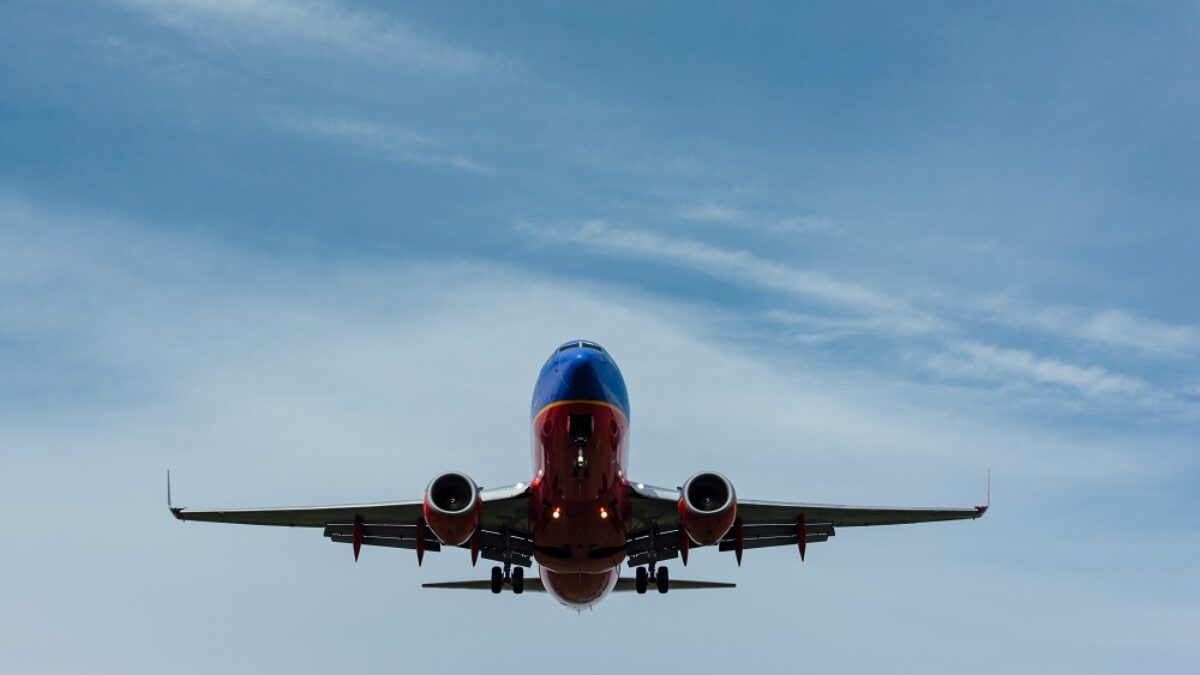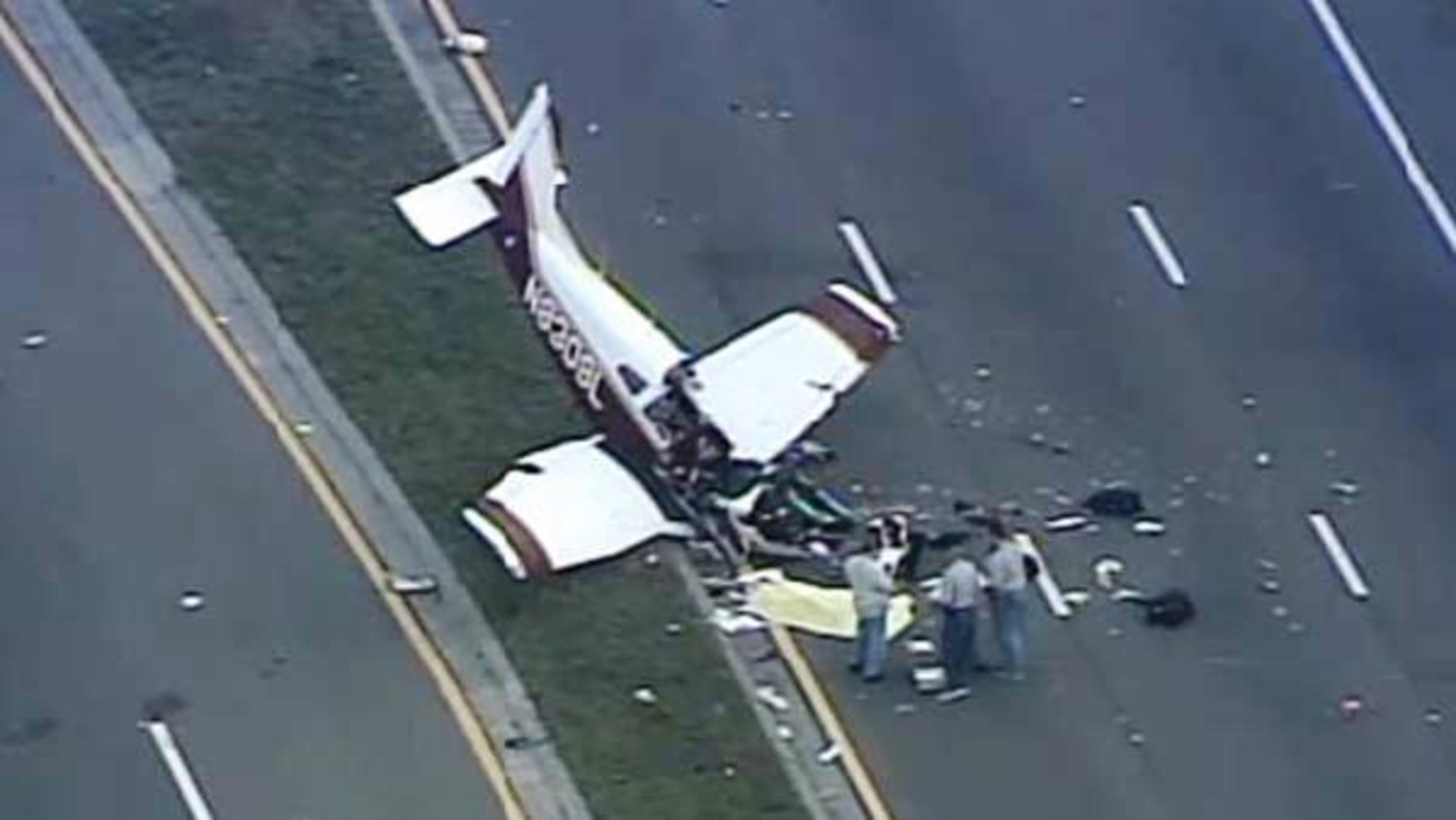Aircraft Designation Letters - At present, all US military aircraft follow the 1962 United States Tri-Service aircraft designation system. The first letter ('F' or 'B') denotes the mission of the aircraft, while the number denotes the design number. The designation system produces a Mission-Design-Series (MDS) designation.
From Designating and Naming Military Aerospace Vehicles: No mention of N numbers appeared in the initial Air Commerce Regulations placed in effect by FAA's first predecessor agency in December 1926. The letter markings that this original set of rules specified were C (commercial), S (state), and P (private).
Aircraft Designation Letters

, which were to precede the numbers assigned to licensed aircraft. Unlicensed aircraft had numbers, but no letters, at this time. In the original 1919 allotment, most of the nations shared first letters. Only U.S. and four other nations were assigned a unique first letter to be followed by any combination of four letters.
Introduction
In each case, that first letter was the same as a radio call letter that had been previously assigned to that nation by an evolving series of international agreements. As of April 1913, for example, Great Britain had complete rights to the radio letters B, G, and M, while sharing certain other letters.
Not surprisingly, Great Britain received G as its aircraft nationality identifier under the 1919 agreement. Can someone describe the numbering system used by the military and how it has changed over the years? I know that there are fighter aircraft such as the F-15, F-16, F-22, etc but why are there aircraft numbered like the F-117?
and why is the B-2 a B-2 when we have had B-17s in the past? The choice was not universally popular. The Journal Aviation wanted the U.S. to adopt W in honor of the Wright brothers.
Use of the letter N in the early days seems to have been restricted to aircraft that made international flights. Compliance was voluntary at this time, since the U.S. did not ratify the 1919 Convention. During this era, the U.S.

Sources
had complete rights to the radio letters N and W, and to combinations of K from KDA to KZZ. Why these particular letters? The assignments of W and K appear to have been arbitrary, according to articles on early radio call signs by Thomas H. White.
In the case of N, White notes that the U.S. Navy had used this radio letter since November 1909. (7) Popular Name: Many U.S. military aircraft have an official "popular name" assigned. This official name cannot be assigned by the manufacturer
and/or DOD customer at will, but has to run through an approval process in which proposed names are checked for conflicts with existing names (both military and commercial) and their "political correctness". Of course, official names tend to be
disregarded by the people actually flying or maintaining the aircraft. Adherence to this system has been patchy at best. So, you have B-1 Lancer and B-2 Spirit after B-52 Stratofortress (this was due to the counters being reset), while the next bomber has been named B-21 Raider.
Where Do N-Numbers Come From?
The earliest legal requirement for the N marking is found in the first general amendments to the Air Commerce Regulations on March 22, 1927. These amendments mandated that U.S. Aircraft engaged in foreign air commerce display the N at the beginning of its identification markings.
Later, this requirement was extended to all U.S. aircraft, regardless of whether they operated beyond the nation's borders. This still leaves the question of why N was chosen over W for the U.S. aircraft identifier. The answer may lie in the fact that the government had reserved N for itself, while assigning combinations beginning with K and W to various radio stations along geographic lines.

N would therefore be less confusing as a single national marking for aircraft. [1] AFR 66-11, AR 700-26, BUWEPSINST 13100.7: "Designating, Redesignating, and Naming of Military Aircraft", 1962 and 1968 editions [2] Department of Defense: "Model Designation of Military Aircraft, Rockets and Missiles", 7/1964, 1/1965, 7/1965, 1/1970 editions
[3] Department of Defense Publication 4120.15-L: "Model Designation of Military Aerospace Vehicles", 1974, 1977, 1986, 1987, 1990, 1993, 1996, 1998 and 2004 editions [4] AFI 16-401(I), AR 70-50, NAVAIRINST 13100.16: "Designating and Naming Military Aerospace Vehicles"
[5] Department of Defense Aircraft Nomenclature Records According to the rules, all aircraft operated by the U.S. military services (Air Force, Navy, Marines, Army) are to receive an official designation as defined in AFI 16-401(I). In practice, however, all services operate a few
off-the-shelf aircraft under the manufacturers' designations. The U.S. Coast Guard also allocates military designations to most of its aircraft, and the NASA uses the X-for-Experimental designation series extensively for its own research aircraft. A second letter indicating the aircraft's airworthiness category followed the N and preceded the identification numbers.
These airworthiness indicators were; "C" for standard, "R" for restricted, "X" for experimental, and later an "L" for limited, (for example, NC1234). This was standard until December 31, 1948, when aircraft registered for the first time were required to display identification marks consisting of only the Roman capital letter "N" followed by the registration number.
Existing aircraft operated solely within the United States could continue to display an airworthiness symbol until the first time such aircraft were recovered or refinished to an extent necessitating the reapplication of the identification marks. After December 31, 1950, all aircraft of United States registry operated outside of the United States were required to display identification marks consisting of the Roman capital letter "N" followed by the registration number.

4.1.1. The MDS designator is an official DoD recognized alpha-numeric symbol designation of a military defense aerospace vehicle. .... The designator describes the aerospace vehicle in two components where the components are separated by a hash. The first component, comprised only of alpha characters, describes the mission of the vehicle. The second component, comprised of both alpha-numeric characters
, describes the design number and design series of the vehicle. Until December 31, 1960, the required location for display of nationality and identification marks for fixed-wing aircraft was the wing surfaces, and the vertical surface of either the tail or fuselage.
Effective January 1, 1960, all fixed-wing aircraft were required to display identification marks on the vertical surfaces or either the tail or fuselage. Wing surface markings were no longer required. (6) Status Prefix: Any aircraft, which is not in normal operational service, can receive a prefix letter in its designation.
to reflect its current status. Because both modified mission and status prefix letters can appear To the left of the basic mission symbol, both groups of letters are distinct to avoid ambiguities. The following status prefixes are defined:
Secure .gov websites use HTTPS A lock ( LockA locked padlock ) or https:// means you've safely connected to the .gov website. Share sensitive information only on official, secure websites. (3) Modified Mission: To the left of the basic mission symbol an optional modified mission letter can be used, when an
Aircraft is used for a different purpose than originally designed. The regulations say that not more than one modified mission letter can be used, but this rule has been violated a few times, e.g. in the EKA-3B designation.

Designations, which include a vehicle type symbol, can optionally omit the basic mission letter if a modified mission letter is used instead (as shown by the MQ-9A example). The modified mission symbols are in general the same as the basic mission symbols, but add a few more letters.
The following modified mission symbols are defined: The purpose of this article is to present an overview of the Aircraft designation system together with notes explaining the details and some exceptions. The missile designation system is covered in the article on
Current Designations of U.S. Unmanned Military Aerospace Vehicles, and the actual The process of allocating a designation is explained on the About page Allocation of Official Aerospace Vehicle MDS Designations. In the following section, each of the six elements is explained in detail.
For all letter symbols a year range is given in brackets to document when this particular symbol is/was valid. If one of the bounds is given as a range (e.g. 1978/86), this means that I don't
know the respective year more exactly. Basically, the counters were reset while the 1962 system was adopted, leading to unrelated sets of aircraft numbering. As for individual aircraft numbering, there have been a number of cases where the system was not followed, like the F-117 Nighthawk.
The U.S. received the "N" as its nationality designator under the International Air Navigation Convention, held in 1919. The Convention prescribed an aircraft-marking scheme of a single letter indicating nationality followed by a hyphen and four identity letters (for example, G-REMS)

. The five letters together were to be the aircraft's radio call sign. (9) Manufacturer Code Letters: The original designation system as defined in 1962 also mandated the use of a two-letter code. suffix to identify the manufacturing plant of an aircraft.
Like the block numbers, these code letters were introduced by the USAAF during World War II. However, manufacturers' codes were officially dropped from the regulations in 1976. Therefore they are definitely no longer mandatory, and even their optional use has apparently essentially ceased.
The list of code letters as defined in 1962 follows: (2) Basic Mission: The letter to the left of the dash (or the vehicle type symbol) designates the basic mission of the aircraft. Because both basic mission letter in "normal" and vehicle type letter in "special" aircraft
are immediately to the left of the dash (and define in which series the MDS is numbered, see section (4) below), both groups of letters have to be distinct to avoid ambiguities, but this rule was violated with the introduction of the S-for-Spaceplane
vehicle type symbol. Designations, which include a vehicle type symbol, must also include at least one basic or modified mission (see section (3) below) symbol to designate the mission of the "special" aircraft (i.e., the designation
YV-22A is not conforming to the regulation). The following basic mission symbols are defined:
us military aircraft designation, aircraft designation code, military aircraft letter designation, model designation army aircraft, military aircraft designations, usaf aircraft designations, air force aircraft designation, us aircraft designators




























